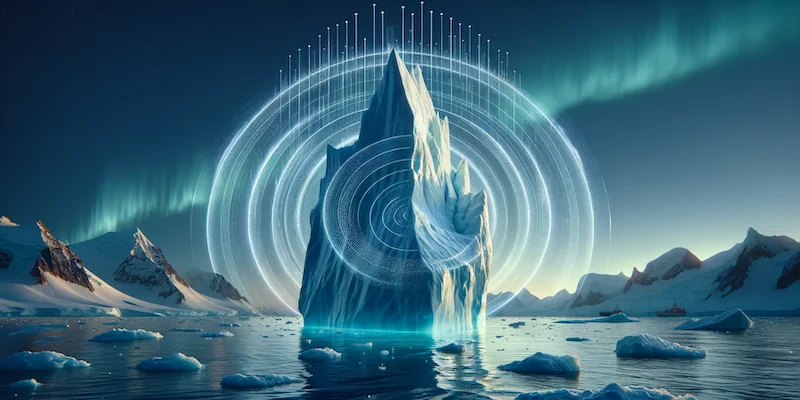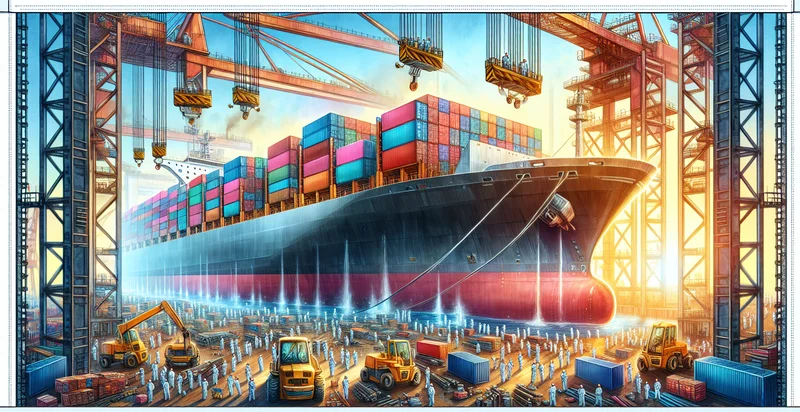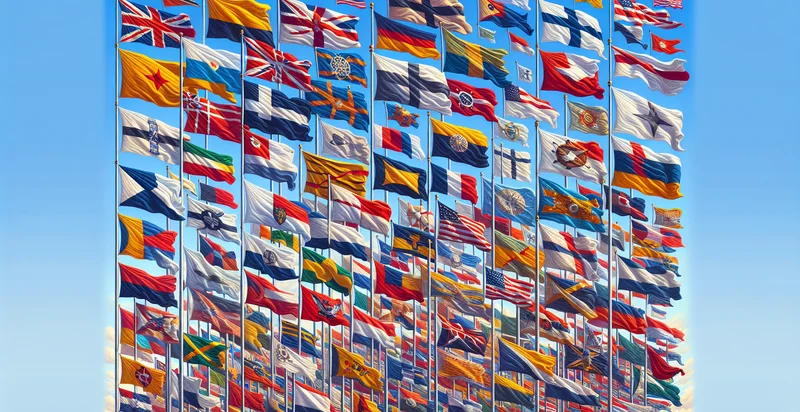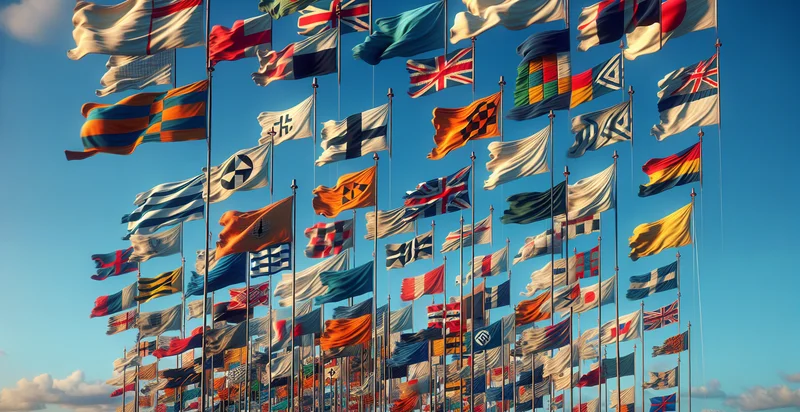Identify icebergs
using AI
Below is a free classifier to identify icebergs. Just upload your image, and our AI will predict if the radar image is an iceberg or ship - in just seconds.

This looks at radar images to identify if a given shape is an iceberg or a ship. So, radar images work best.
Contact us for API access
Or, use Nyckel to build highly-accurate custom classifiers in just minutes. No PhD required.
Get started
import nyckel
credentials = nyckel.Credentials("YOUR_CLIENT_ID", "YOUR_CLIENT_SECRET")
nyckel.invoke("iceberg-identifier", "your_image_url", credentials)
fetch('https://www.nyckel.com/v1/functions/iceberg-identifier/invoke', {
method: 'POST',
headers: {
'Authorization': 'Bearer ' + 'YOUR_BEARER_TOKEN',
'Content-Type': 'application/json',
},
body: JSON.stringify(
{"data": "your_image_url"}
)
})
.then(response => response.json())
.then(data => console.log(data));
curl -X POST \
-H "Content-Type: application/json" \
-H "Authorization: Bearer YOUR_BEARER_TOKEN" \
-d '{"data": "your_image_url"}' \
https://www.nyckel.com/v1/functions/iceberg-identifier/invoke
How this classifier works
To start, upload your image. Our AI tool will then predict if the radar image is an iceberg or ship.
This pretrained image model uses the Statoil Icerberg Classifier Challenge dataset and has 2 labels, including Iceberg or Ship.
We'll also show a confidence score (the higher the number, the more confident the AI model is around if the radar image is an iceberg or ship).
Whether you're just curious or building icebergs detection into your application, we hope our classifier proves helpful.
Related Classifiers
Need to identify icebergs at scale?
Get API or Zapier access to this classifier for free. It's perfect for:
- Maritime Navigation: Identify and differentiate between ships and icebergs in navigation systems to prevent maritime accidents.
- Coast Guard Monitoring: Monitor coastal areas to enhance safety and coordinate rescue operations by detecting ships in distress among ice formations.
- Climate Research: Track icebergs for climate change studies by distinguishing them from ships, aiding in understanding global warming effects on polar ice.
- Fishery Management: Ensure fishing fleets avoid icebergs while operating in polar waters, maintaining fleet safety and operational efficiency.
- Shipping Route Optimization: Optimize shipping routes by providing real-time data on iceberg locations, allowing for safer and more efficient path navigation.
- Oil and Gas Exploration: Support safe exploration activities by identifying icebergs near drilling sites, preventing potential collisions.
- Environmental Protection: Assist in the protection of polar environments by monitoring iceberg movements to predict and prevent ecological impacts on marine habitats.


